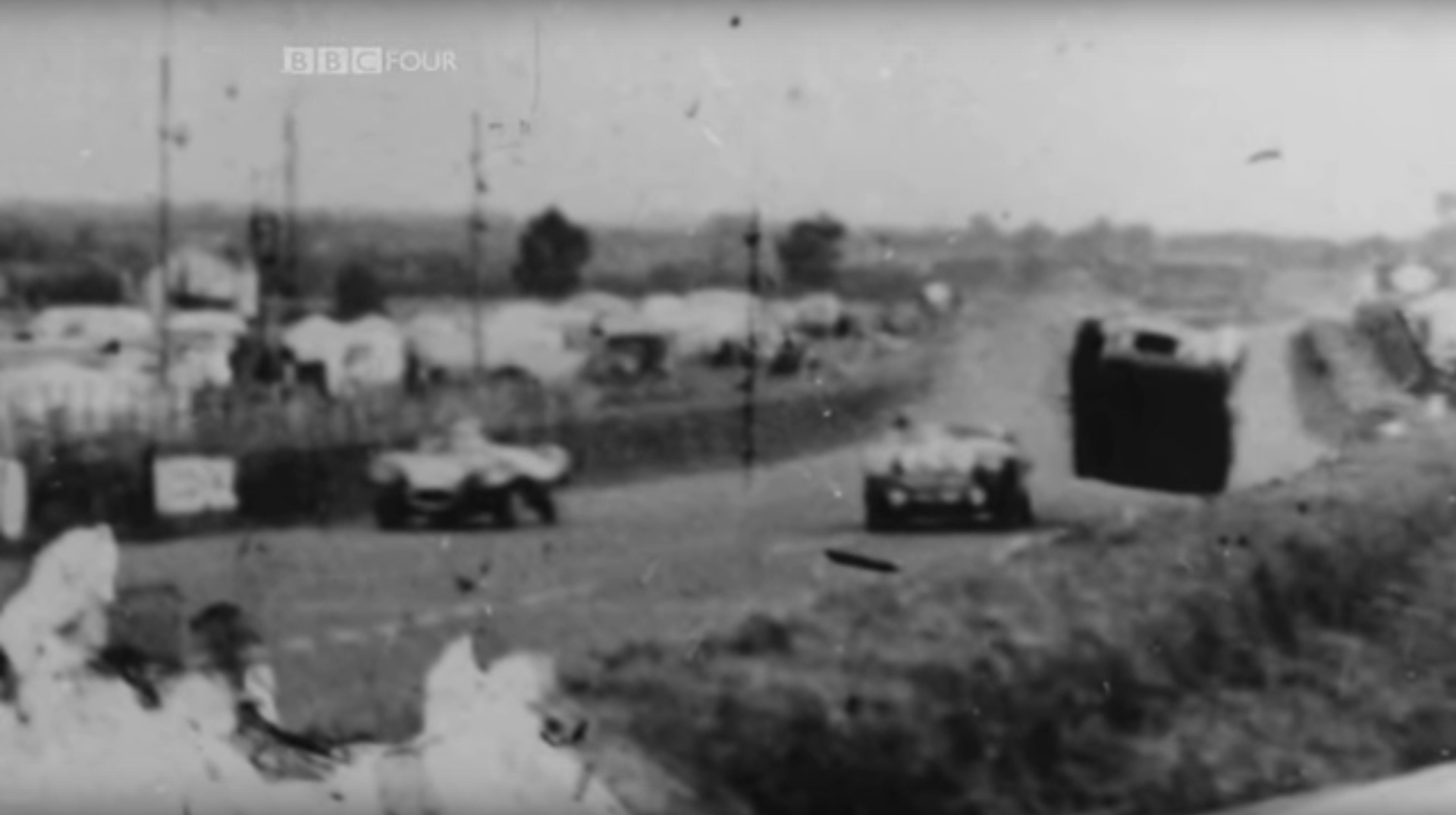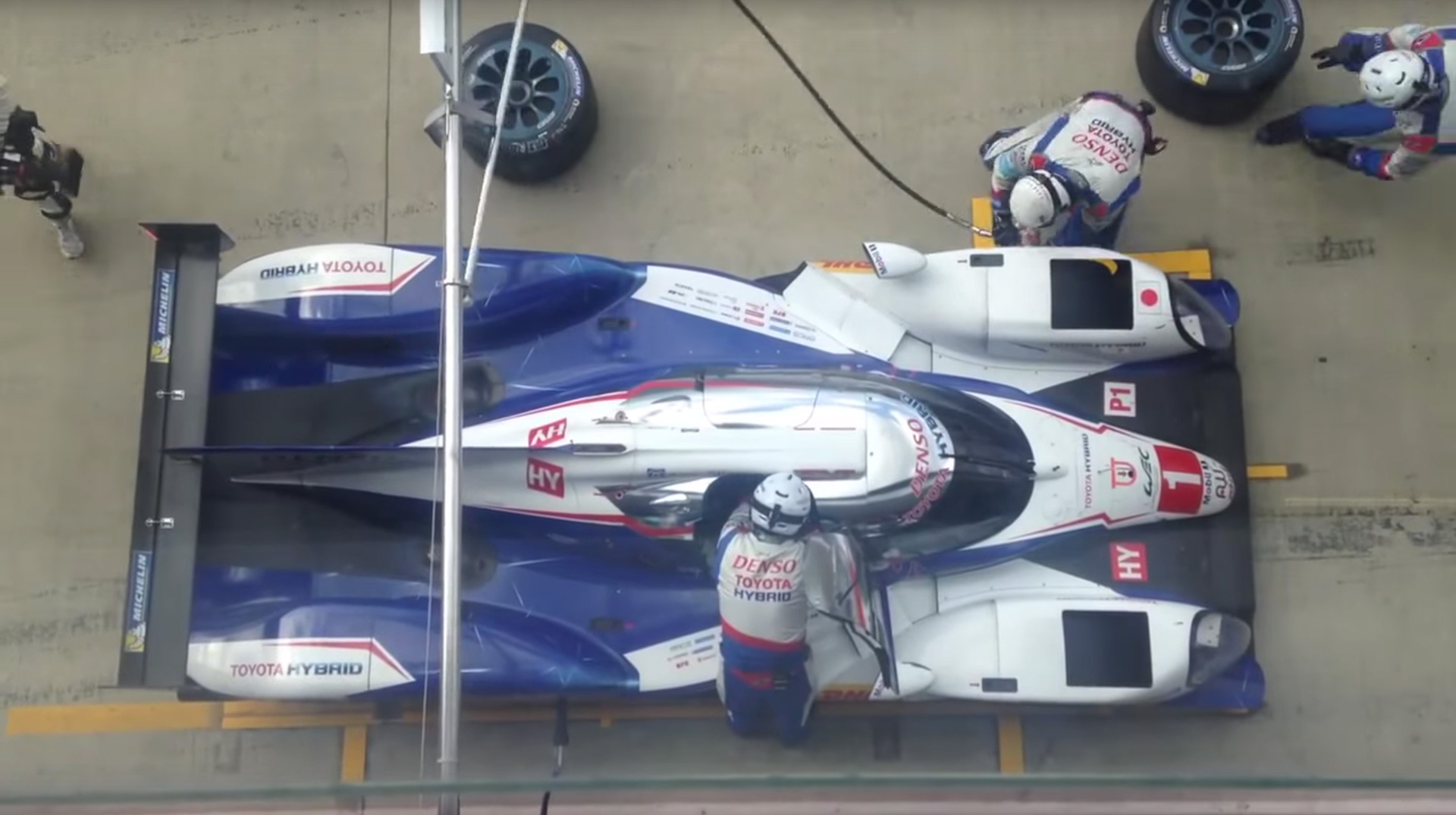Sixty-one years ago, the most catastrophic accident in motorsport history happened during the 24 Hours of Le Mans. Just 35 laps into the race, Mike Hawthorn passed Lance Macklin and moved his Jaguar across the track so he could make a pit stop. Macklin had to swerve his Austin Healey out of the way of Hawthorn’s sudden maneuver, which then put him directly in the way of Pierre Levegh, who was driving much faster in his Mercedes-Benz 300 SLR. Levegh collided with Macklin from behind, and Macklin’s Austin Healey acted a ramp, launching the Mercedes over the hay bales and berm and into the crowd. The car’s momentum carried it through the spectator area until it hit a concrete wall. The fuel tank exploded and set the car’s magnesium body on fire, while the bonnet and engine broke free of the chassis and flew into the grandstands, crushing and decapitating fans. Levegh was thrown from the car, but his skull was crushed when he landed. Eighty-two spectators lost their lives in the incident, while another 120 were injured by the debris and the fire.
As tragic as this event was, it provided impetus for sweeping safety reform. Many nations in Europe banned auto racing until studies could be done, new standards defined, and race tracks brought up to specifications appropriate for the speed of contemporary racing cars. Everything from helmets to track layout were affected, and many features of modern circuits and cars can trace their roots to this tragedy at Le Mans.




